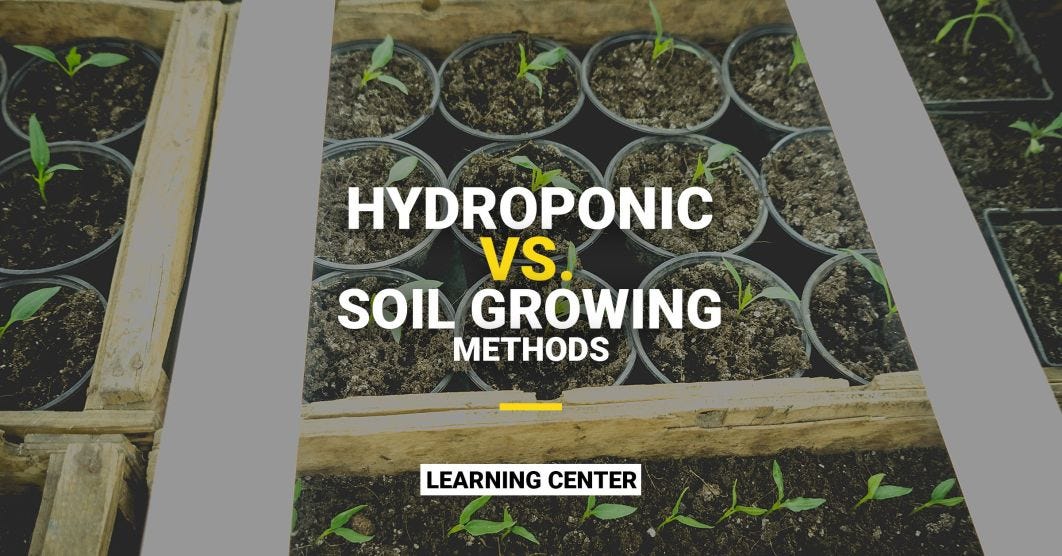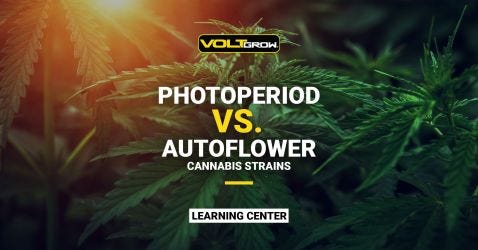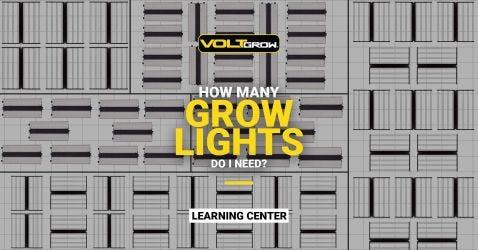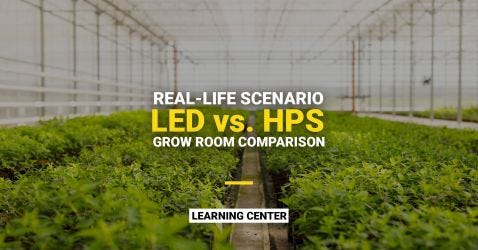All growing techniques can be categorized into two general methods: soil or hydroponics. While the end results for both techniques can be the same, they mainly differ in the process of how you feed and take care of your plants. Soil growing provides the plants with nutrients through minerals in the soil, while hydroponic growing is a soil-free method that provides the nutrients in a liquid form. Both methods can produce healthy plants, however, there are pros and cons to each. Remember that this is only one piece of the puzzle for a successful grow— make sure all other growing factors, environmental conditions, and maintenance are done properly.
Soil Growing
Soil growing is a more traditional method, where the plants are planted directly into the dirt outdoors, or into a pot with soil indoors. Organic matter and minerals break down in the soil and these vital nutrients are absorbed by the plant roots. Some growers also like to add supplemental synthetic nutrients into the soil during the feeding schedule since they do not take time to break down like the natural minerals and can provide additional benefits.
Pros
- Easy and less expensive set up (all you need are pots and soil)
- Forgiving to beginner error (can just flush out the plants with water if they look overfed)
- Naturally provide organic nutrients that come from soil
Cons
- Requires daily, manual maintenance (higher chance of grower error, such as overwatering)
- Higher chance of disease because of the soil that fosters pests
- Slower grow time because nutrients have to be broken down in the soil before they can be absorbed
Hydroponic Growing
In hydroponic growing, plants do not receive nutrients through the soil, but rather are fed through liquid solutions that directly supply nutrients, water, and oxygen to the roots. It includes a closed-tubed system that feeds the plants automatically, as the roots are immersed in water, as opposed to dirt. This is a more modern technique that requires equipment and skill.
Pros
- Automated system with less daily maintenance
- More efficient which can lead to faster and greater yields
- More control over the exact nutrients you are feeding our plants
- Less chance of pests or fungus (no need for pesticides)
- Very water-efficient, resulting in much less water use and waste
Cons
- Harder to fix errors because of the watering system
- More elaborate and complicated set-up and process
- More expensive and requires equipment
- No natural nutrients like in soil, so all nutrients have to be administered by the grower
- More likely to experience root rot






